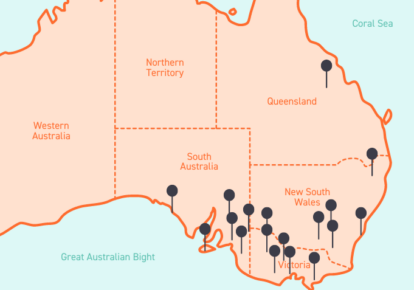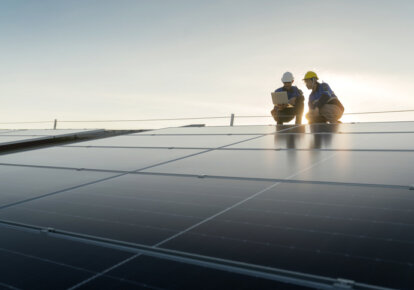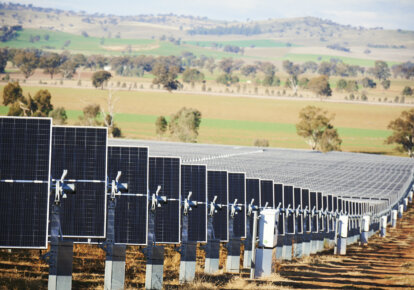Power outages
What to do if power is out across your neighbourhood
If power is out across your neighbourhood, you will need to contact your local energy distributor for further information. Flow Power is not your energy distributor.
How to find your energy distributor
You can find your distributor and their contact details on your Flow Power electricity bill under ‘Faults and Emergencies’, or by visiting the Australian Energy Regulator website.
You’ll find all energy distributors within the National Electricity Market listed near the bottom of this page.
What to do if power is out at your property only
For outages only affecting your property, follow these steps to identify the issue:
- Check the fuse box
Inspect your fuse box to see if the main switch is still on. A safety switch may have been triggered which can turn off your power. If the switch is off, turning it back on may restore power. - Inspect for faulty appliances
If your power continues to go out, you could have an electrical fault or faulty appliance. Turn the power off at the outleg and unplug any appliances that were in use at the time of the power outage and then try resetting the fuse box again. If you believe there is a faulty appliance, stop using it. - Call a licensed electrician
If you can’t identify the fault, call a licensed electrician. Electrical faults can be dangerous so do not attempt to fix an electrical fault yourself.
Why do power outages occur?
Power outages can be caused by a wide range of factors, such as lightning, floods, heatwaves, bushfires, high winds, fallen trees, car accidents or technical failures. Typically, these are small and localised, but large-scale outages can occur in extreme cases.
On rare occasions, planned or deliberate interruptions can occur because electricity generators cannot safely supply the demand for power. This is known as load shedding and can be used to stabilise the grid as a last resort by the Australian Electricity Market Operator.
How can energy users help reduce the risk of power outages?
To help stabilise the grid and reduce the risk of power outages, energy users can take part in demand response, by shifting flexible operations to periods of low demand on the grid.
For homes, this could look like running the washing machine or dryer during low demand periods, or for businesses, it could involve shifting energy intensive operations to daytime hours when solar energy fills the grid.
Eligibile large energy users can also participate in Reliability and Emergency Reserve Trader (RERT) and get paid to power down for the benefit of the grid.
How you can plan ahead for power outages
There are many ways you can prepare your home or business for power outages:
- We recommend saving your distributor’s number and website on your phone, so you have it on hand if required.
- If you rely on life support in your household, make sure to register it with us and we’ll help put together an action plan for the unlikely event of a power outage.
- Consider getting prepared with back-up generators, on-site solar or battery storage, which can be used to reduce reliance on grid electricity.
If you’re a Flow Power customer, reach out to your dedicated account manager for help creating a strategy for power outages.
Electricity distributors in the National Electricity Market (NEM)
- Ausgrid
Outage map
131 388
ausgrid.com.au - Endeavour Energy
Outage map
131 003
endeavourenergy.com.au - Essential Energy
Outage map
132 080
essentialenergy.com.au - Evoenergy (ACT)
Outage map
131 093
evoenergy.com.au
- AusNet Services
Outage map
131 799
ausnetservices.com.au - CitiPower
Outage map
131 280
powercor.com.au - Jemena Electricity
Outage map
131 626
jemena.com.au - Powercor
Outage map
132 412
powercor.com.au - United Energy
Outage map
132 099
ue.com.au
- Energex
Outage map
136 262
energex.com.au - Ergon
Outage map
132 296
ergon.com.au
- SA Power Networks
Outage map – SA Power Networks
131 366
sapowernetworks.com.au

We’re here to help.
Get in touch with our energy specialists to learn more.








